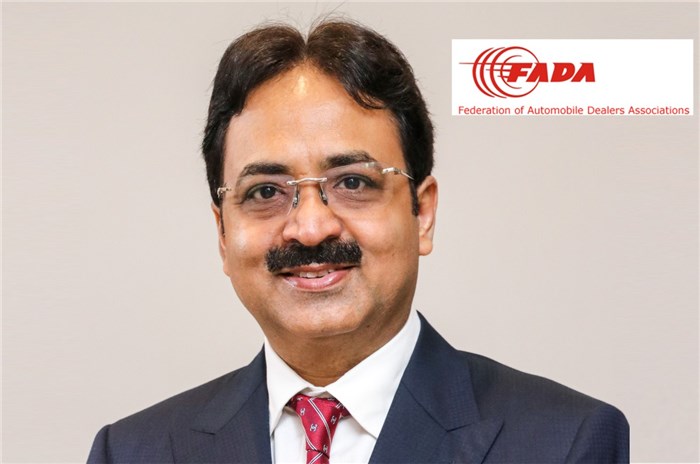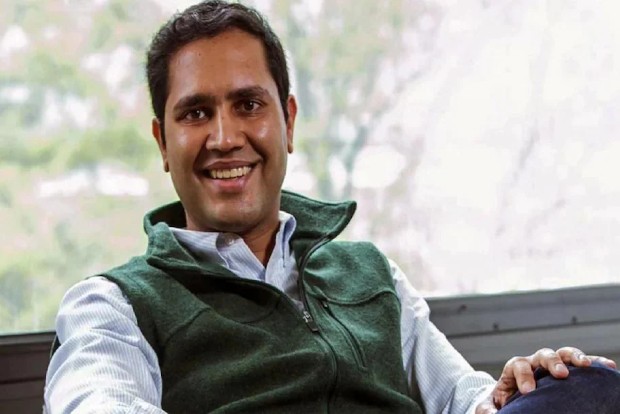Cascading Effect: Auto Industry To End ‘Difficult Year’ Amid Omicron, Chips, Commodity Prices Concern

With the rise of the new variant of Covid-19, there could be a further impact on the supply in passenger vehicles if chip making countries go under lockdown or prioritise chip making for electronics used for work from home, according to Vinkesh Gulati, President of the Federation of Automobile Dealers Associations (FADA).
Paucity in supply of semiconductors dragged down domestic sales of passenger vehicles in November 2021 by 19 per cent year-on-year to 215,626 units as shortages hit vehicle production and deliveries to dealer partners. The woes have piled on with crop loss due to incessant rains, flood in southern states, high acquisition price as well as fuel costs keeping customers away.
“2021 has been a difficult year for the Indian automotive industry,” agrees Rajesh Menon, Director General, Society of Indian Vehicle Manufacturers (SIAM). “Even though the economy started gradually recovering in the later half of 2021, dispatches from showrooms during November were lowest in seven years for passenger vehicles, lowest in 11 years for two wheelers and lowest in 19 years for three-wheelers.”
“Industry is hoping that the society and economy would be able to sustain with reasonable health and safety precautions,” Menon told UNI.
Optimism is guarded as manufacturers prepare to hike prices of vehicles from January 2022, driven by prolonged chip shortages, steep logistics and raw material prices.
Volkswagen passenger cars India will increase prices of its popular carlines – the Polo, Vento and Taigun — from January 1, 2022. “Due to substantial increase in input and operational costs, we have decided to hike prices of our product offering, ranging from a minimal 2-5 per cent,” said Ashish Gupta, Brand Director, Volkswagen.
However, the increase will not be applicable on the new Tiguan.
Maruti Suzuki will pass on some impact of additional costs to customers through a price hike next year in January. “In January, the price hike will be because of high commodity prices. We had passed on only a part of the commodity costs so far,” says Shashank Srivastava, Senior Executive Director, Marketing & Sales, Maruti Suzuki India.
In 2021, the company increased prices three times — in January by 1.4 per cent, in April by 1.6 per cent and in September by 1.9 per cent.
Commodity prices like that of steel have continued to increase sharply till June and have been rising again in October and November 2021. This has put enormous cost pressure on the industry, according to Srivastava.
The material cost is around 75–80 per cent of the total cost of a vehicle. Hence any surge in commodity price will increase the material cost. There has been an unprecedented increase in cost of steel, from around Rs 38 per kg in April/May 2020 to Rs 77 per kg in Q3 of this year. Steel prices have doubled now.
Copper prices went up to $10,400 per tonne from the earlier $5,200 per tonne in May 2020 and has now stabilised at $9,700-9,800 per tonne. Aluminum was around $1,700-1,800 per tonne which is around $2,700-2,800 per tonne in Q3.
Besides steel, coking coal, which was around $150 per tonne in June 2021, was around $400 per tonne last month. Even precious metals like Rhodium, more in use now for catalyst converters especially post Bharat Stage VI, went up to $26,000 per ounce and then came down to $18,000 per ounce.
The two-wheeler segment is also feeling the pinch.
Hero MotoCorp has cited the impact of steadily increasing commodity prices as reason for across the board hike of up to Rs 2,000 in the ex-showroom prices of its motorcycles and scooters with effect from January 4, 2022.
Even the commercial vehicle segment is not shying away from making vehicles costlier.
Tata Motors is set to increase prices from January 1 in the range of 2.5 per cent across medium and heavy, light and intermediate and small commercial vehicles and bus as well as individual model and variant of the vehicle. While the company is absorbing a significant portion of increased costs at various levels of manufacturing, it has become necessary to carry out a minimal price hike, said a company statement.
There is little relief in sight with high container freight charges and its shortages becoming a deterrent for both imports and exports. The extended waiting period due to a large backlog of orders is also making customers jittery. This may lead to loss of interest in vehicle buying, industry sources say.
“Unless rural India starts showing signs of strength, overall retails will continue to remain weak,” cautions Gulati.
While FADA anticipates that H2 of calendar year 2022 may see supply as well as demand slowly coming back to normalcy, the auto sector may actually fully recover only by 2023.






